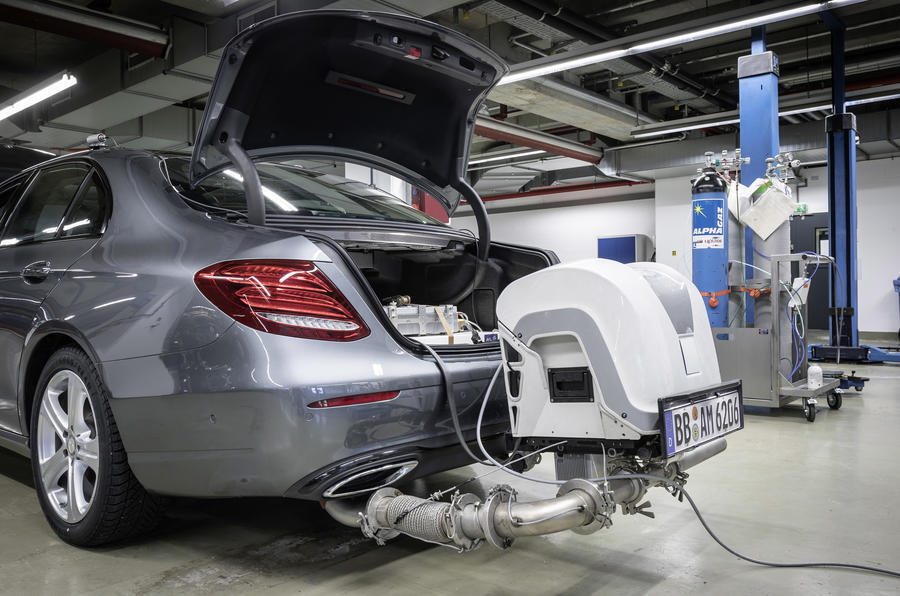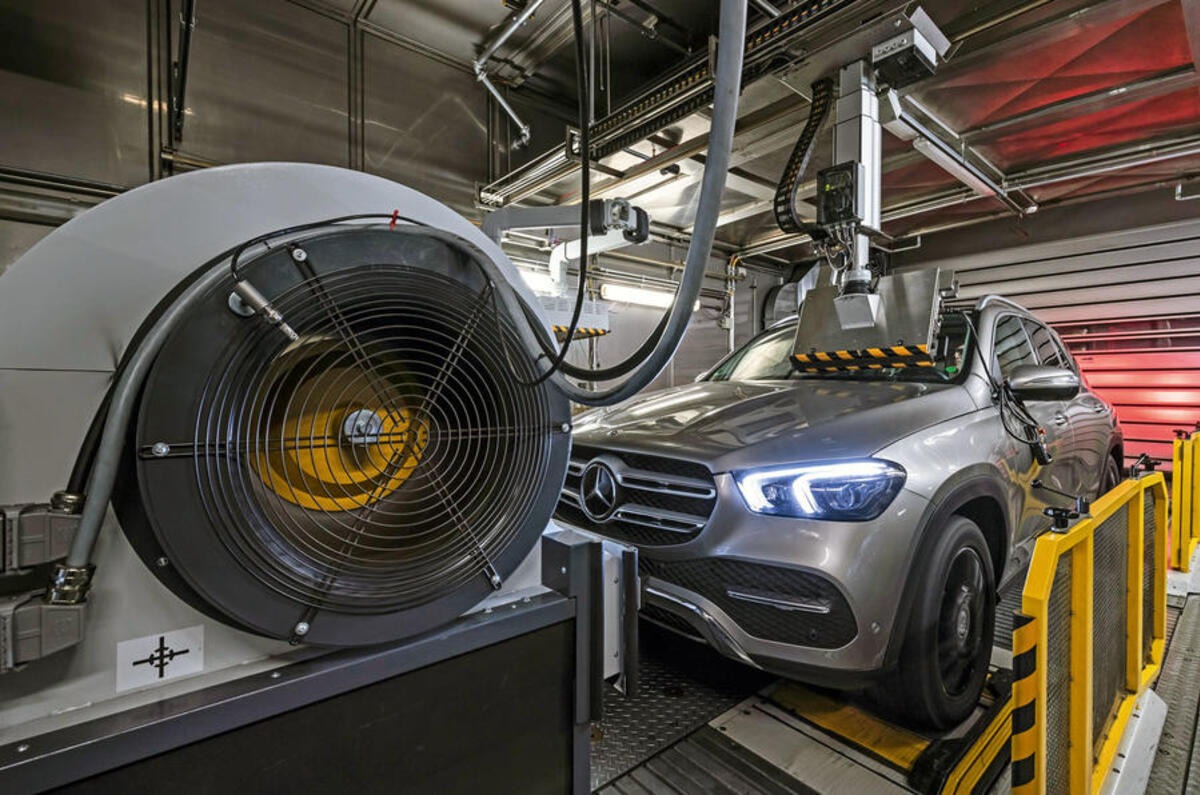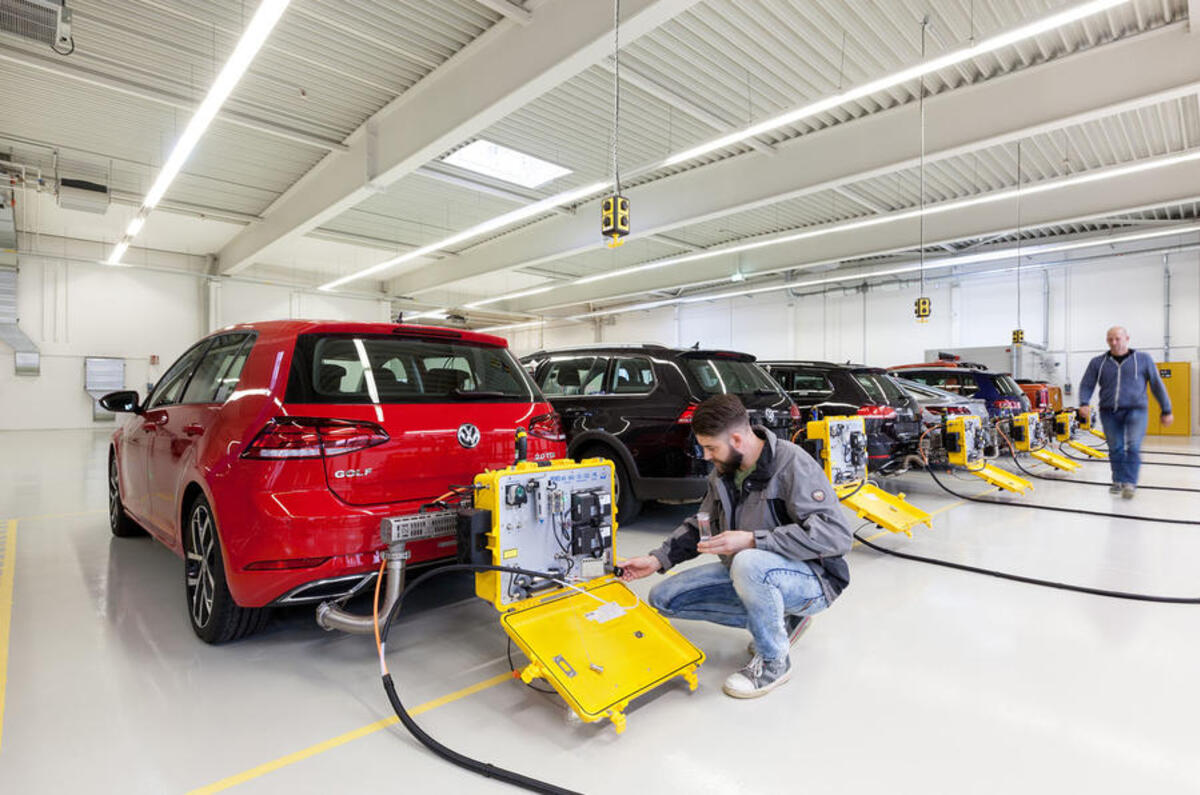Car makers are “struggling” to publish all model-variant CO2 and MPG figures in time to hit the deadline for the new WLTP fuel economy rules on 1 January 2021, according to a report by industry consultant Jato Dynamics.
“This isn’t about the test itself or compliance with the test but the massive data flows to inform customers and dealers about new CO2 and MPG figures, and some car makers are struggling with that,” said Olivier Pejis, head of European sales leasing at Jato. “There’s also the issue of offices being closed for three months during Covid shutdowns, cutting the time available to work on this.”
With around 15 million new cars sold in Europe every year, each with a unique specification of parts and the bulk of each model subject to multiple spec changes during the buying process, the data involved is enormous.
“The only source for these numbers is the OEM [original equipment manufacturer], so every car that is specified needs a CO2 and MPG figure supplied from the car maker. The demand for highly accurate information is immense,” said Pejis.
The CO2 figures of built cars also contribute to a manufacturer’s CO2 fleet average. The target is around 95g/km, depending on a number of factors, and is the basis for huge EU fines if the limit is breached.

The detailed spec of every new car sold from 1 January 2021 will have a bearing on its unique CO2 and MPG figures, which will stay with the car for its life and dictate the road tax and company car tax due on it.
“This is very complex and it’s new to everyone, so it’s not surprising that some car makers are better at it than others,” said Pejis.








Join the debate
Add your comment
And
outside Europe? I thought the W in WLTP stood for world or worldwide.
WLTP
Indeed the W does stand for World, but strangely I believe that only the European market uses it. Even more weirdly, the Chinese currently still use the NEDC test (New European Test Cycle, which Europe has now abandoned. Perhaps it's because this test makes its cars look better!
Imports
Guess it depends on whether the imported car is from a WLTP territory. If it's not it will probably, as a used car under personal import allowances, duck under any WLTP regulations.
If it is it depends on when it was bought and registered in the WLTP territory, though it almost certainly would have complied with the WLTP ruling at the time of the registration.
Imports.
Say you've come back from a two year job and while there you bought a car there, what's the implications for a car from another territory?